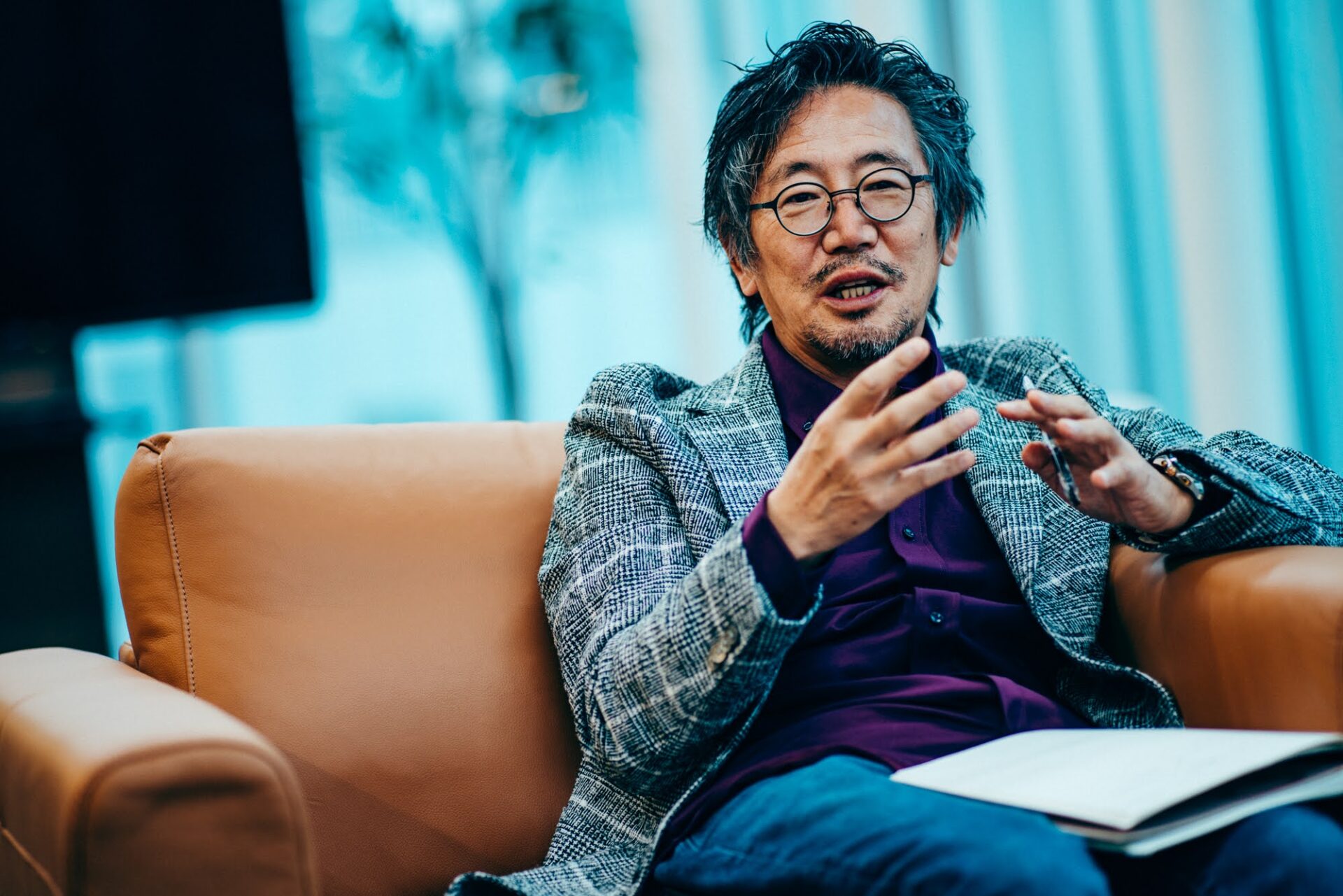How does modern day science understand and reconstruct shikohin?
In this series, “Understanding Shikohin and Its Experiences Through Science”, we will talk to scientists of various fields such as cognitive science, brain science, psychology, etc.
For this article, we interviewed Dr. Masamichi Sakagami, Director of the Tamagawa University Brain Science Institute.
In Part 1 of the interview, we discussed how the brain is an organ that works to create value in our lives.
In Part 2, we will dig deeper into the shikohin experience by looking at the truth behind learning, which takes the values created in our brains to dictate how we live and enrich our lives.
According to Sakagami, “brain science is for world peace.”
Part 1 of 2 》What Happens to Our Brain When We Obsess Over Something? Interview with Brain Scientist Masamichi Sakagami
Shikohin
Shikohin is a food or beverage that is not nutritionally necessary for the body but gives pleasure to one’s senses such as taste, touch, smell and sight.
Examples include tea, coffee, tobacco, liquor, pickles, soft drinks and ice. They often contain organic acids, caffeine, tannic acid, cocaine, alcohol, bitter substances, or essential oils. In a broad definition, it may also include sweets and confectioneries.
Encyclopedia Britannica Academic Japan
Model-free learning: developing instincts
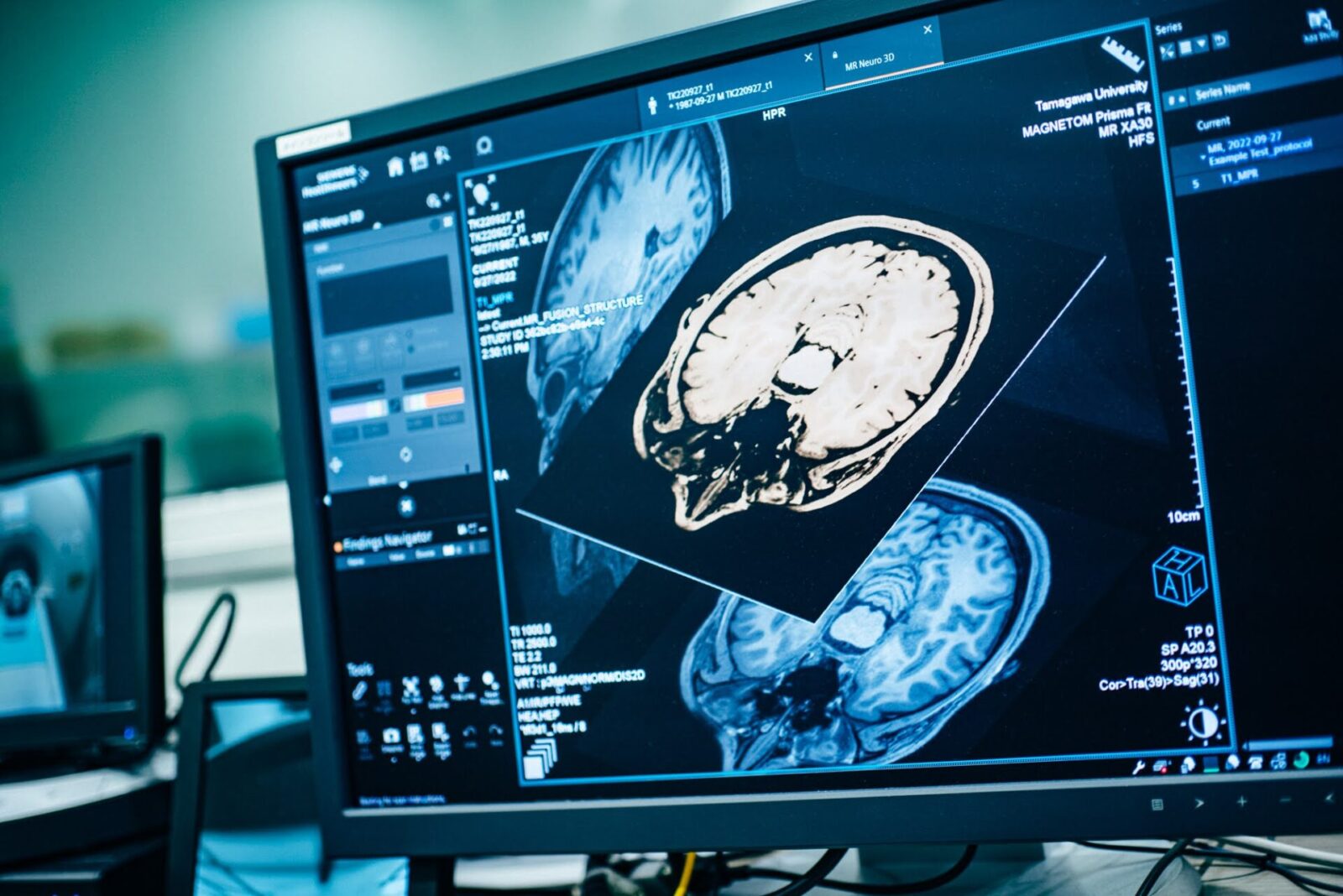
ーー In Part 1, we learned that dopamine, rewards and reward prediction errors are deeply connected to how we learn. You also mentioned that the reason we get hooked on shikohin is a result of our learning through getting rewarded over time. How is it that people actually learn?
There are two main learning modes inside our brains. It is the “model-free learning” and the “model-based learning.”
Model-free learning is learning that automatically calculates the value of something.
As we talked about in Part 1, value is created when dopamine neurons respond to our reward prediction error. There is something like a Google Map in our brains that stores information on value that is based on the reward prediction error information from dopamine neurons.
Using this map, we can look at what is happening in front of us and create empirical connections between them and their rewards. Our brain automatically looks at things objectively and probabilistically in order to make decisions.
It sounds complicated when explained in these terms, but in essence, model-free learning allows us to develop instincts on how to act.
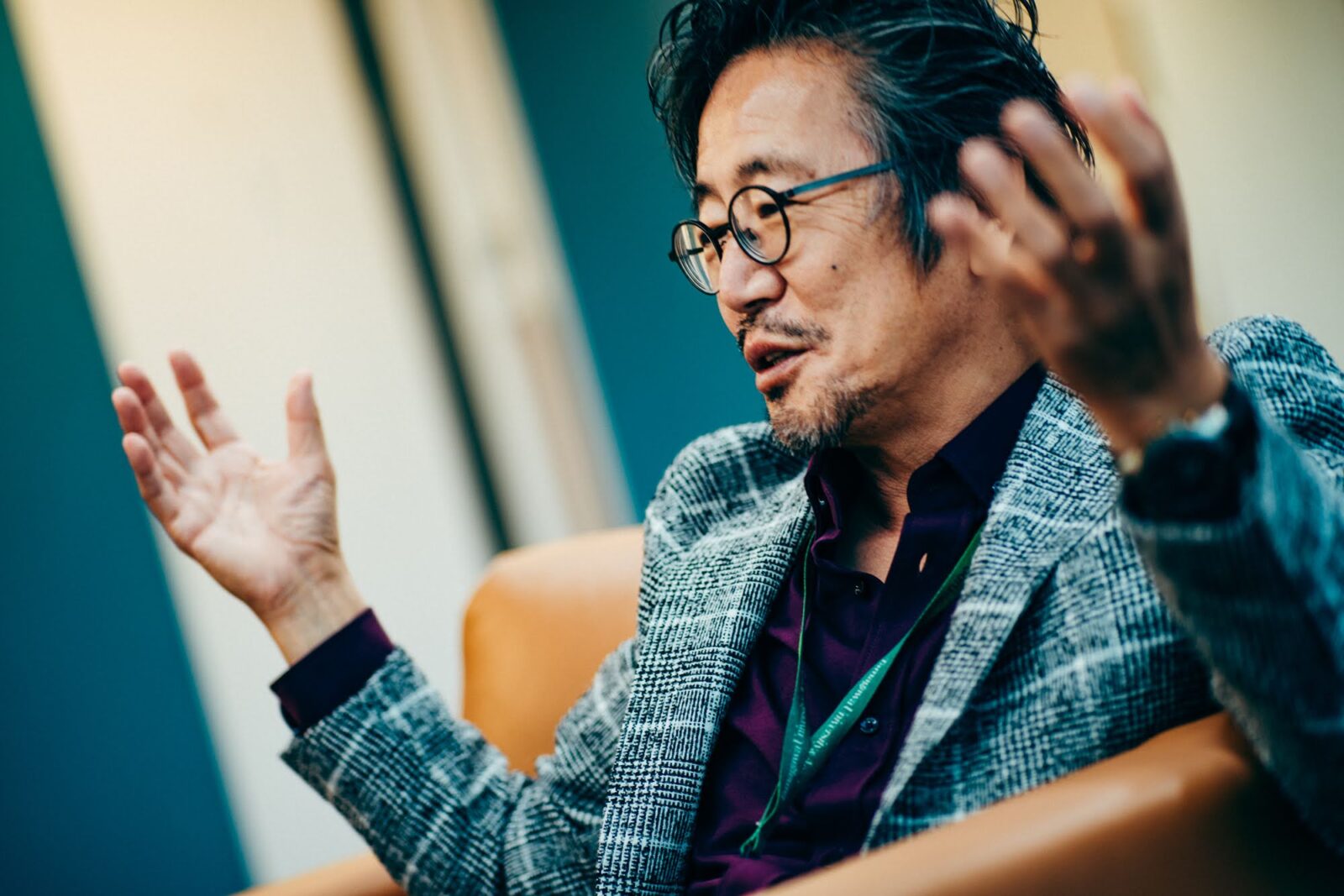
ーー What does it mean to develop instincts on how to act?
Instincts are instincts, like gut feelings. For example, when we are able to mindlessly arrive at our destinations, such as our school or workplace, it is through model-free learning. It is learning in which consciousness is not as apparent.
We hear that the deeper we go into our central brain area, the more we find the functions to be instinctive and animalistic. Model-free learning takes place in the deep part of the brain called the basal ganglia, which is relatively true for most animals.
Wild animals ensure their survival by acting rationally and according to the instincts they developed through model-free learning.
Acting on instinct may not sound impressive, but in fact, it is an incredible skill.
If we did not have model-free learning, every time we go to school or work, we would have to re-think and re-analyze every detail and emotion. Wild animals would not be able to survive like this.
Model-based learning: goal recognition

ーー What kind of learning is model-based learning?
Humans have a very large and well developed cerebral cortex. The learning that takes place in the cortex, or the outer part of the brain, is model-based learning.
Compared to the model-free learning that is instinctual, model-based learning is goal oriented. The goal is set first, and the learning occurs by making a plan on how to achieve that goal.
This learning is calculating value that is not based on direct experience.
For example, if we were trying to get to a certain restaurant in Tokyo, we would construct a plan with steps that take into account things like the number of train connections and walking time and follow those steps.
The plan that is derived from these experiences are called “models.”
Our brains hold a lot of models and by combining them, we can make complex decisions that are appropriate for the given environment. For example, we can decide that on a rainy day, it would be better to take the train to the nearest station and then grab a cab from there to the restaurant.
Each model is a theoretical piece of information in your mind. Therefore, they can be cut and pasted, joined together, and processed in a very flexible way.

The most important function of model-based learning is hypothesizing.
For example, if we have a goal to appease our hunger and there are strawberries and bananas in front of us, we will eat both of these.
This is because we do not learn the act of eating a banana and eating a strawberry as two separate things, but rather we hypothesize that “all fruits are edible” and create a model based on this knowledge.
Thus, there are these two models of learning that coexist in our brains. Sometimes model-free learning is prioritized, and sometimes model-based learning is prioritized. Furthermore, these two models cooperate with each other so we can respond flexibly to all situations.
Becoming free from morals and regaining primal desires
ーー How are these two learning models related to the shikohin experience of becoming hooked or immersed in something?
It is believed that there are various connections. For example, alcohol can be seen as an example of a shikohin experience based on the failure of model-free learning and model-based learning to cooperate.
Although we do not know the exact reasons behind it, alcohol can affect us in a way that paralyzes areas of the brain such as the frontal lobes of the cerebral cortex and the hippocampus, which are associated with model-based learning. This is how the state of being “drunk” is induced.
Model-free learning encourages us to satisfy our wild desires. However, wild behavior is not enough to survive in our social world. Model-based learning enables us to behave rationally, in line with social norms.
In other words, model-based learning is in place so we won’t be careless and make mistakes. In time, this act of suppressing our desires can lead to stress.
The reason why we enjoy drinking alcohol is because we are freed from the restrictions put in place by model-based learning. In other words, we may be enjoying the state in which our true desires are being realized.
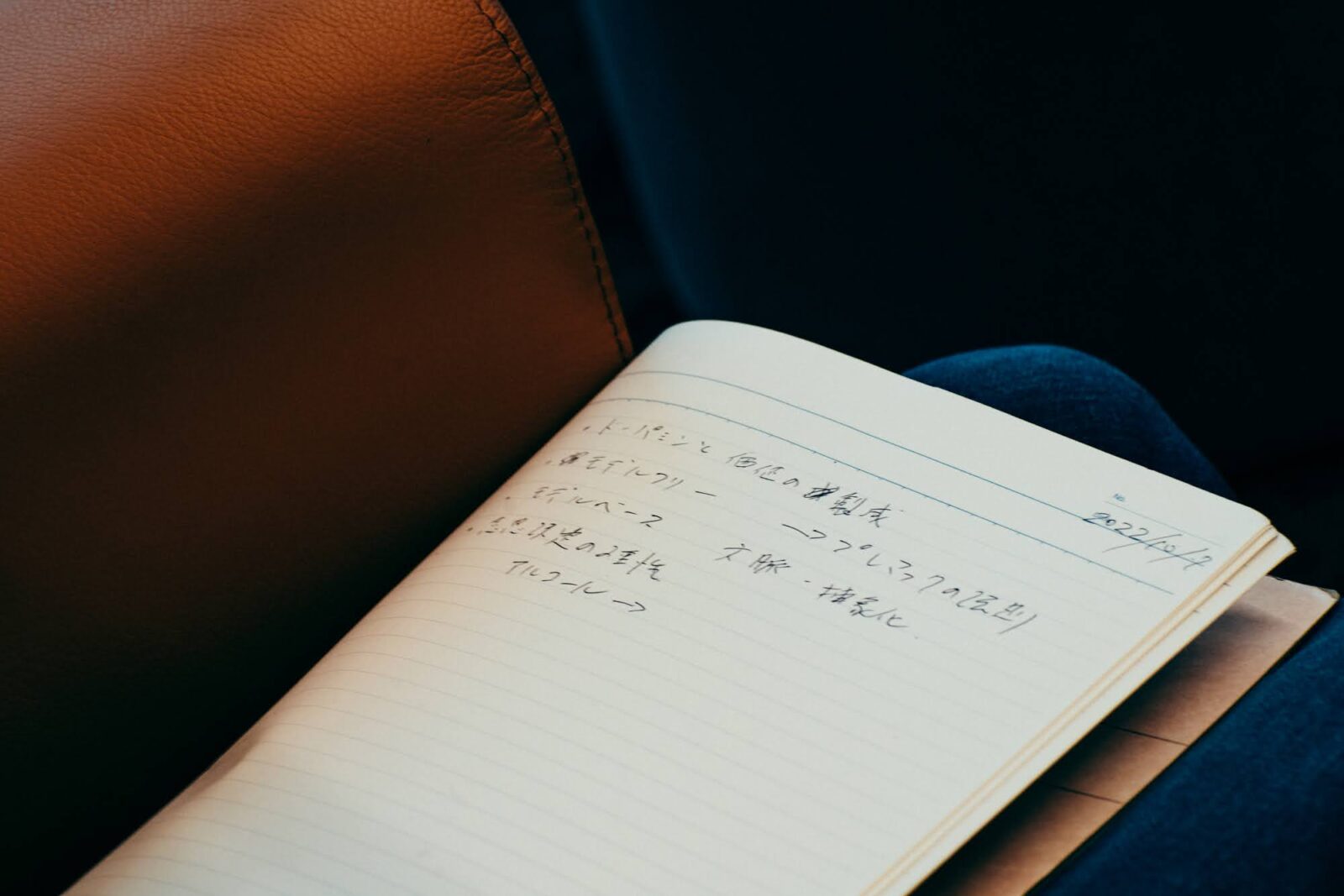
Of course, when the cerebral cortex is paralyzed and we become unable to suppress the desires based on our model-free learning, problems will arise.
For example, let’s imagine a company gathering that involves alcohol. If one is thirsty, they will want a drink, so they will reach for the glass of beer on the table and drink it. As one does so, the alcohol starts to affect the frontal lobe, hippocampus and other parts of the brain, interfering with the model-based learning area of our brain.
The cerebral cortex, which is the area of the brain that functions rationally, will know that we should not get drunk at work so it will put a brake on our behavior and tell us not to drink any more beer.
However, these brakes gradually become inhibited the more drunk we become, causing us to make inappropriate social decisions.
As a result, we may make the mistake of drinking too much alcohol, get noticed by our boss and get in trouble because of it.
Everyone knows that alcohol should be consumed in moderation, but it is the model-based learning that manages such morals, and alcohol acts to paralyze the cerebral cortex, the very area where model-based learning functions.
As a result, the model-free learning is unleashed and although it may cause problems that we later regret, it is still fun and that is really the best part of drinking alcohol.
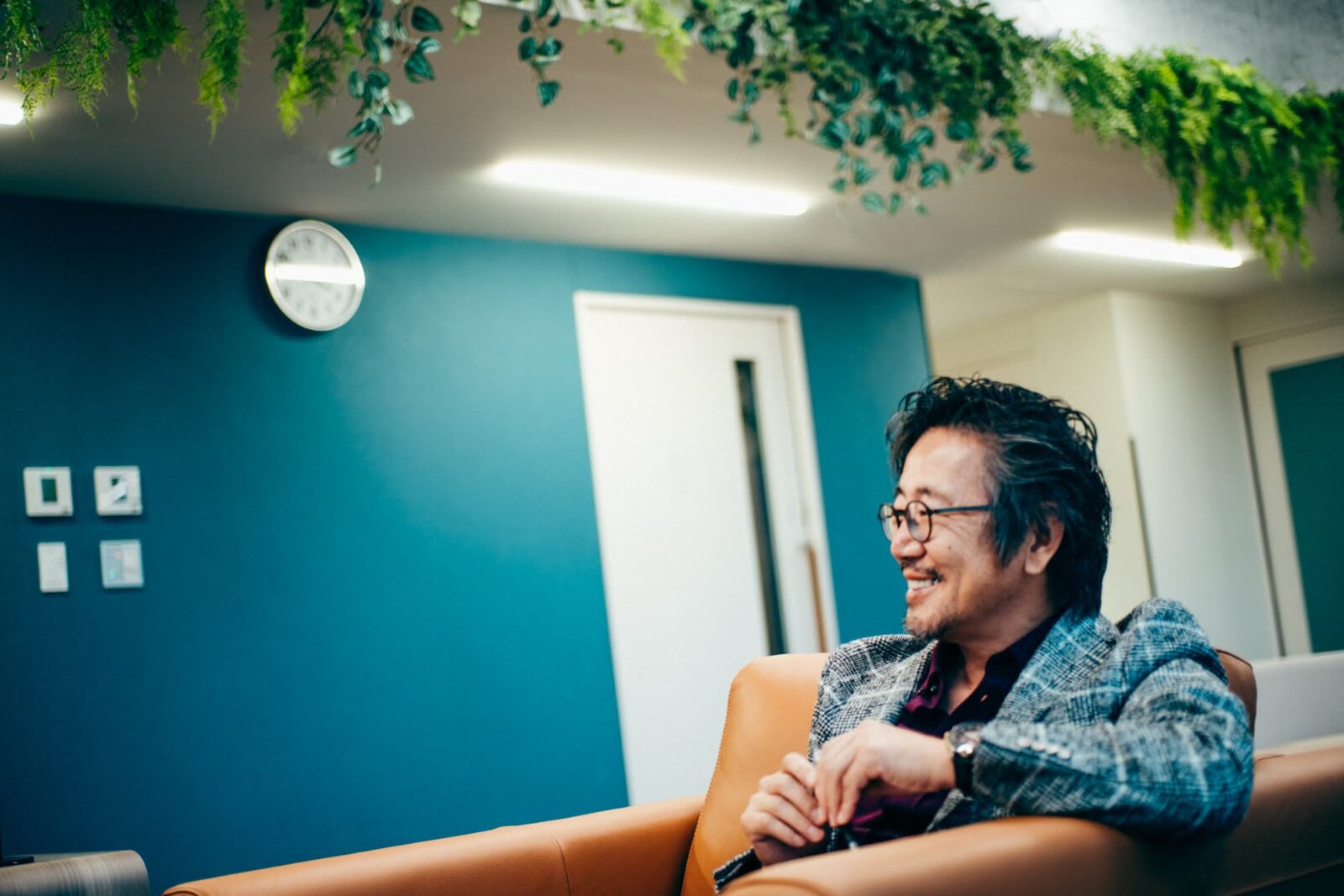
A simple way to make the “right” choice
ーー In Part 1, you mentioned that value is based on a prediction on how happy something will make us. Humans put value in a lot of different things, so how do we adapt to new values?
Actually, we do not yet fully understand how our brain works to connect sensory stimuli and our rewards system.
During the process of learning, information can become highly hypothesized or become organized in the brain in conjunction with the rewards mechanism. By doing so, we may find new values, but the reasons behind it are not yet understood well.
What is interesting about brain science is that what we assume to be complex workings of a sophisticated brain are often found to be processed by surprisingly simple functions.
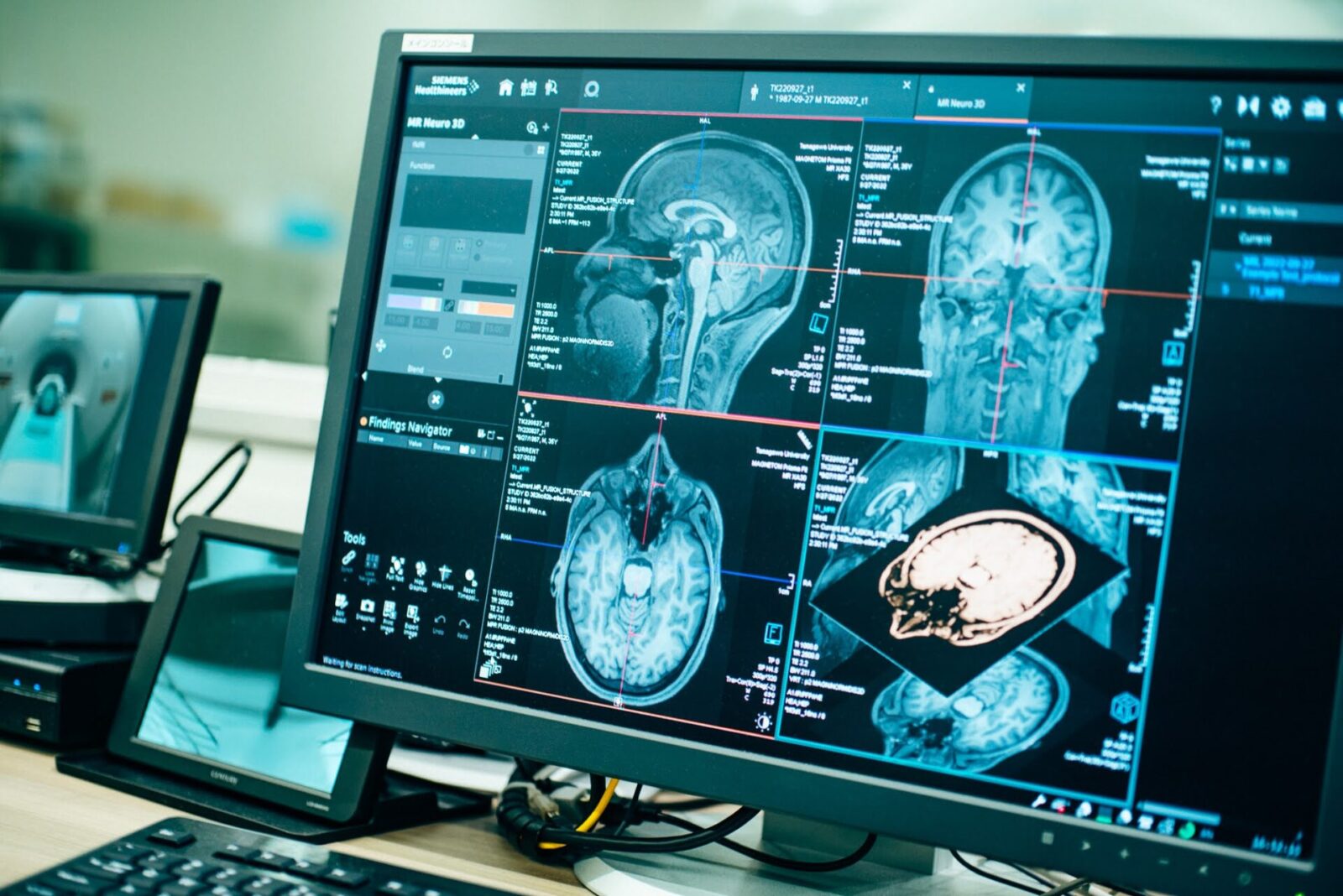
Take the word “prosocial” for example. We may want to sit down on the train when we are tired, but if there is an old lady nearby, you would give her the seat as a matter of conscience. One may wonder why we do this even though we are tired.
We act in ways that benefit others, even at the cost of losing benefit for ourselves. There are times when we act to help or assist others without expecting external rewards. These qualities are known as prosocial behavior.
This kind of social behavior is unique to humans.
We sometimes see T.V. programs that show animals helping each other out, but most of the time it is coincidental or not intentional. Many animals do not even give something up for their own children, much less engage in social behavior that comes at a cost to their own interests.
So what are the mechanisms of the brain that lead to these human social behaviors?
Until around 2000, researchers believed that the cerebral cortex, which creates plans for taking action, played the role of connecting rewards and actions for social behaviors.
However, a recent hypothesis claims that this may not be the case. Our social behavior may be based on model-free learning, which means it is instinctual and automatic behavior.

ーー You mean that human’s social behavior is actually based on instinct?
An American biologist, Dr. Martin Nowak of Harvard University, conducted a study through a game of economics (public money game).
In this game that is played by a large group of people, the players are given 1000 yen and told that they can donate any amount of that sum for the public good. The donation amount is up to the individual.
If an individual donates money, the total amount of donated money is calculated, doubled in value, and paid to all the participants in equal amounts. The future share will be higher if more people donate in larger amounts. However, if the total amount that is donated is low, the shared amount in the future will also be low, even if you had donated a lot. Think about what you may do.
ーー Let’s see… I guess I would donate around 500 yen.
Many people say they will donate 500 yen. Some will donate the whole 1000 yen, and some may choose to donate nothing.
In fact, this system is similar to tax systems. Everyone pays taxes and that money is used to create public goods and services. In other words, people who pay a lot are contributing more to society. This system was turned into a game.
According to Dr. Nowak’s findings, the people who gave the matter less thought, ended up donating more money.
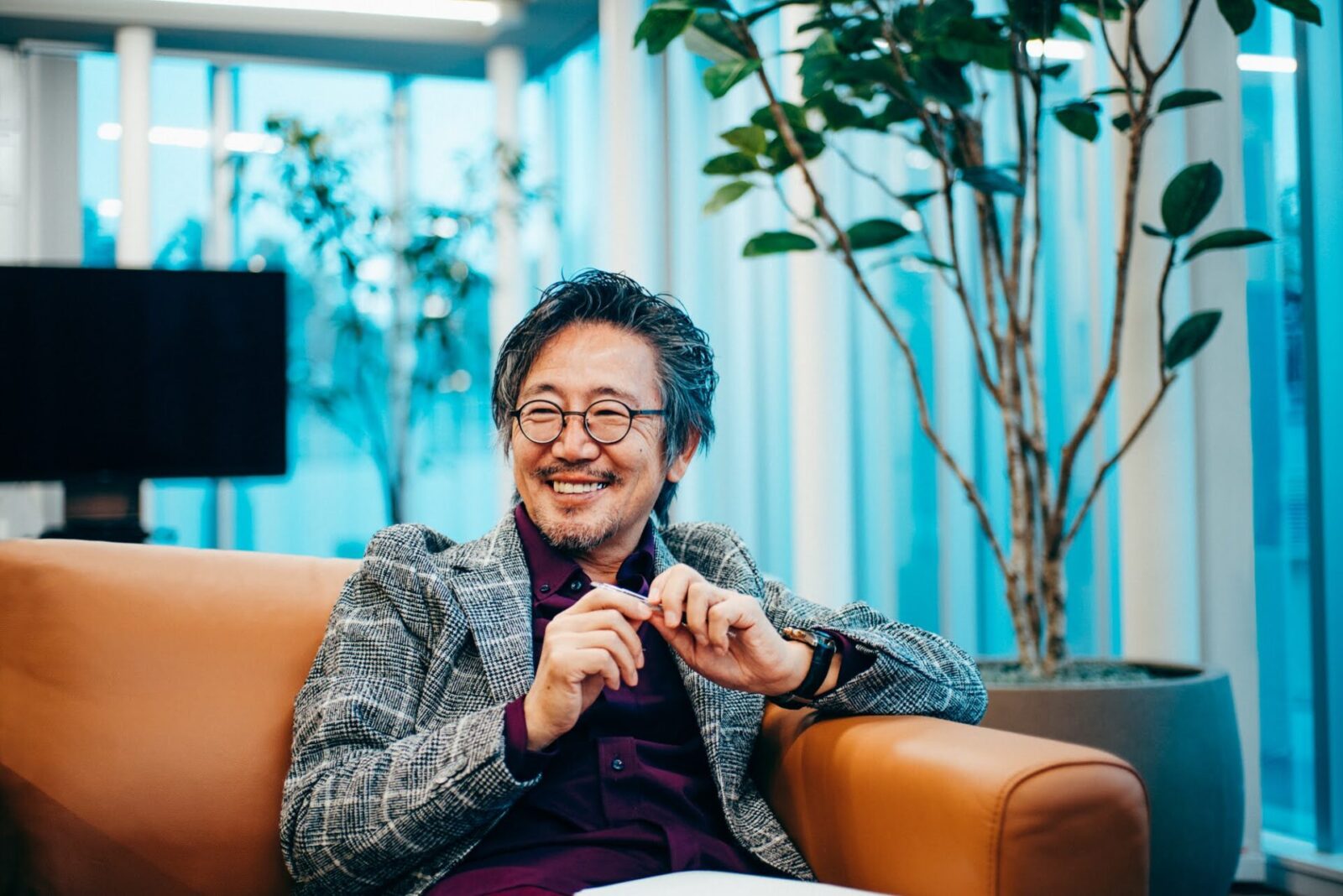
ーー (laughs)
What these findings tell us is that the more we think about something, the less we are willing to pay for public or social causes.
In other words, it seems that when we are making social decisions we are not giving it much thought.
From the time we enter kindergarten, we are praised for doing something nice for others. Right away, we are learning in a way that promotes making socially “good” decisions.
Apparently, when we start giving things more thought, we hinder our ability to act socially. In fact, in most social situations we may not have enough time to really think something through before acting.
This is why when we are doing something “good” or contributing to society, it is based on model-free learning. In other words, we are wired to automatically contribute to society without giving it much thought.
Although it may not be true for everything, the learning that takes place for our social actions occurs at a very shallow level. That is our recent hypothesis.
In the past, everyone believed that social behavior was very complex, but when Dr. Nowak’s hypothesis came along, this belief was overturned.
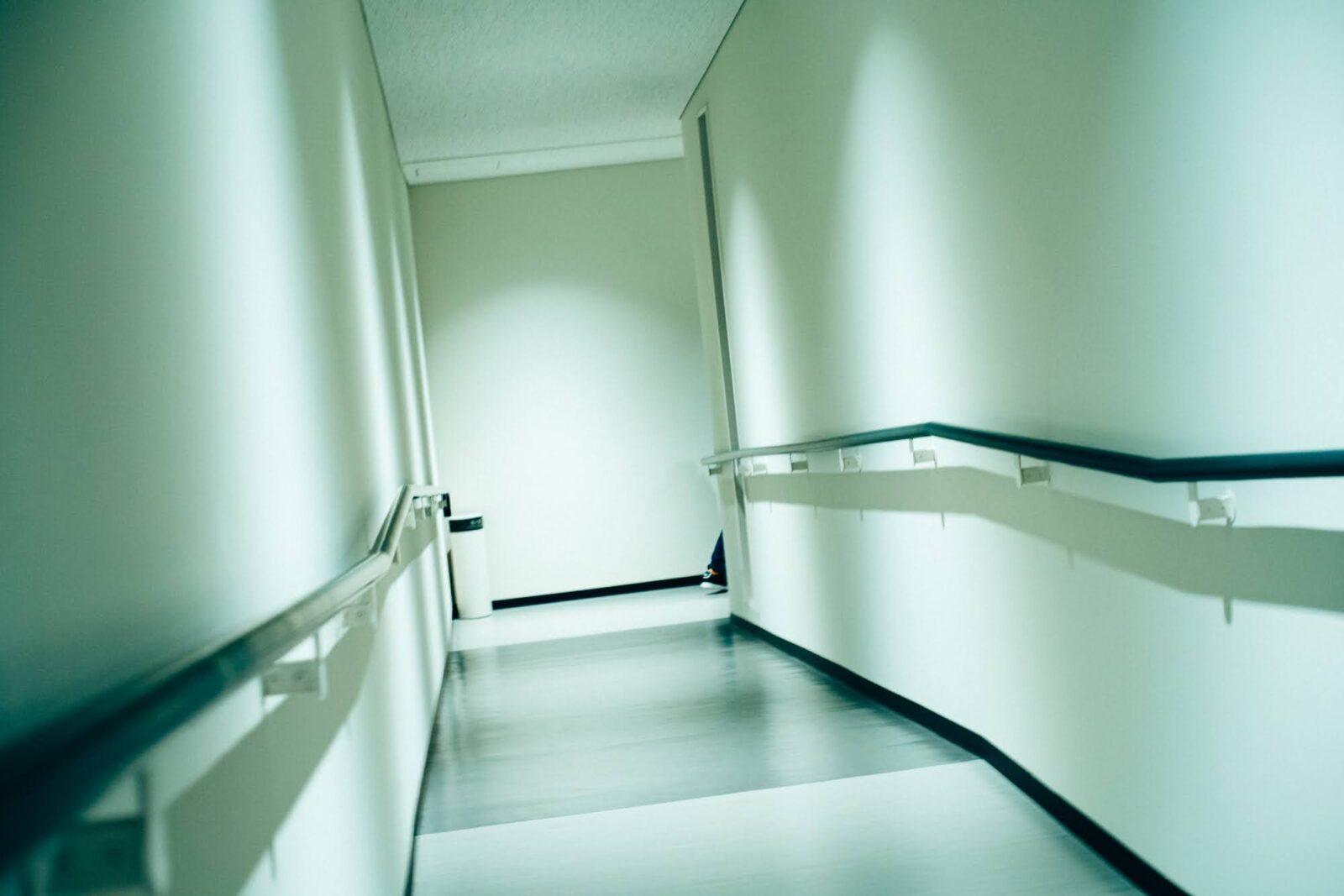
What the brain learns when exposed to a new shikohin experience
ーー Lastly, what can be said about learning in the brain when it comes to exploring new shikohin experiences? In other words, what kind of learning occurs in the brain when we try out and become hooked on new shikohin?
Although there are no studies that specialize in shikohin, I believe that when people enjoy shikohin, it is possible that they are not giving it much thought.
When people drink coffee for example, it is often in a model-free manner. In other words, it is out of habit.
When trying out new shikohin, we start with model-based learning. It is the learning that calculates values that we have not yet directly experienced.
However, as we get used to the experience, it automatically shifts to model-free learning.
The transition from model-based learning to model-free learning is the mechanism that turns a shikohin experience into a habit, and perhaps that is an important point to remember when creating new shikohin.
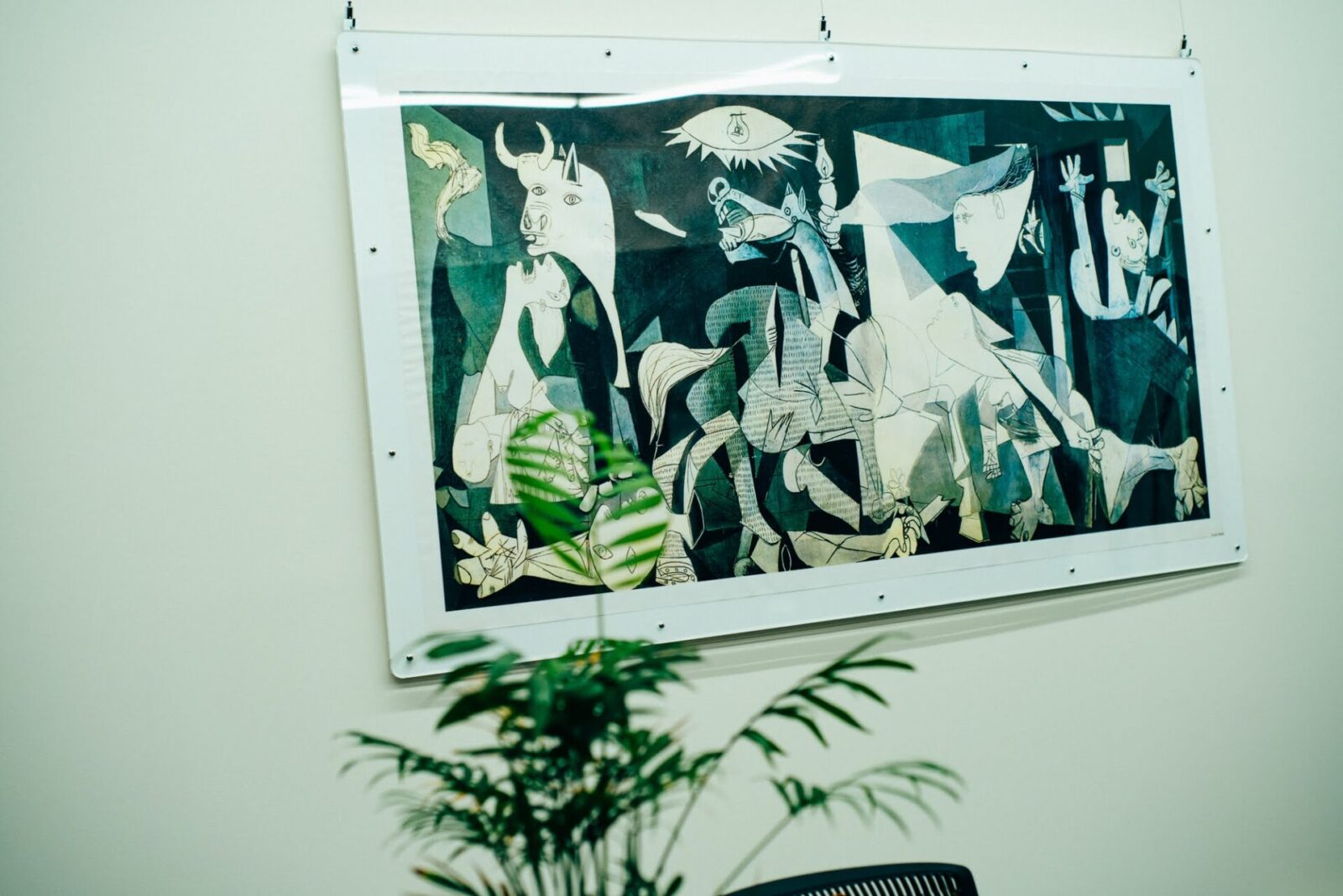
Part 1 of 2 》What Happens to Our Brain When We Obsess Over Something? Interview with Brain Scientist Masamichi Sakagami
Photo: Kaori Nishida
Translation: Sophia Swanson
Akihico Mori writes for WIRED Japanese Edition, MIT Technology Review, and other academic publications. He holds an M.A. in Media and Communication from the University of the Arts London.
Editor and creator of the future through words. Former associate editor of Huffington Post Japan. Became independent after working for a publishing company and overseas news media. Assists in communications for corporates and various projects. Born in Gifu, loves cats.
